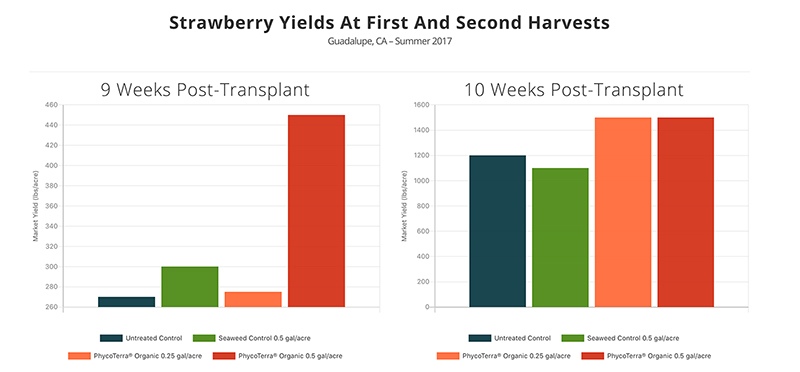How Jones Potato Farm Feeds People and Protects Resources

Alan Jones of Jones Potato Farm in Parrish, FL, standing in front of one of the farm’s low-volume center pivot systems. Photo by Frank Giles
Alan Jones and his wife Leslie take their mission as agriculturists seriously. They are proud to provide nutritious food for consumers, especially in these turbulent times. The farm produces potatoes, green beans, and citrus. They also place an emphasis on protecting the environment on and around their farm.
The farm has received a number of state and national awards for their stewardship, especially when it comes to water conservation and nutrient management. Among those are the Florida Department of Agriculture and Consumer Services (FDACS) Commissioner’s Environmental Leadership Award, and the national 4R Nutrient Advocate Award. The farm also won the American Vegetable Grower Grower Achievement Award.
Mary Hartney, President of the Florida Fertilizer and Agrichemical Association, says Jones has gone the extra mile in helping to share what he’s learned about protecting Florida’s waters. “One of the many things I admire about Alan is his willingness to be a voice for agriculture when it comes to water-quality issues,” she says.
“When it comes to water quality and conservation in Florida, he’s made it personal by sharing his values and successful farming story. On top of an already overflowing work schedule, he’s carved out time to host a nutrient stewardship program at his farm in Parrish. He’s told his stewardship story at national meetings and been a leader for the Together Florida coalition effort to seek solutions to harmful algal blooms.”
Putting Tools and Tech to Work
Alan Jones has invested in several tools that have helped the farm conserve water and manage fertilizer more efficiently to avoid potentially damaging nutrient runoff. He has collaborated with FDACS and the Southwest Florida Water Management District (SWFMD) on a number of cost-share projects aimed at those goals.
The first project was in 2014 when he installed overhead low-volume Zimmatic center pivot systems. He converted diesel power to electric irrigation that allowed variable frequency drives to control the center pivots.
“We are only applying the exact amount of water needed in the field based on soil types and moisture during any irrigation cycle,” Jones says. “For example, if the pivot is crossing a wet area in the field, valves will ramp down so those particular sprinklers are applying less while maintaining proper volume in other parts of the field.”
SWFMD funded a water study with UF/IFAS on this project, and the study found over a five-year period that the pivots reduced water usage by 57%. That amounts to about 1 million gallons per day. The farm now has 15 pivotsin operation.
In 2016, Jones conducted a cost-share project to purchase a GPS-driven variable rate fertilizer applicator. The applicator takes data from nutrient grid sampling to precisely apply the correct amount of fertilizer to fields. Fertilizer usage has been reduced by approximately 30% using the technology.
In 2018, Jones worked with FDACS on a cost-share project to build water reservoirs on his citrus grove property in Hendry County to reclaim irrigation and rain runoff for reuse. “It captures the majority of the runoff that would have traditionally drained into the Caloosahatchee River, which is only about a mile away from the grove.”
Currently, Jones is working with Kennco Manufacturing on another GPS-driven variable rate organic fertilizer applicator on a cost-share project with FDACS. “This applicator will be set up a little different to allow us to use some of the organic materials like chicken litter but will operate in the same way with direct placement and GPS. In some of these poorer soil types, you can use these types of fertilizers and maintain production levels.”
Getting It Right
Jones says he and other growers must find the balance between growing productive crops, which the American public needs to survive, while precisely utilizing the water and fertilizer that it requires. He says consumers win, the environment wins, and it makes good business sense for his farm when that is accomplished.
“At the end of the day, crops need a certain amount of nutrients to produce a reasonable yield,” he says. “Those nutrients have to be in the ground for that crop to take up. Those crops then feed our population. It is the circle of life.”
This is the first in a series of articles featuring growers who are taking a proactive approach to protecting the water resources on and around their farms. The stories will investigate how production practices, equipment, and technology are helping growers in the Sunshine State do more to protect water. Come back next month for another installment.











